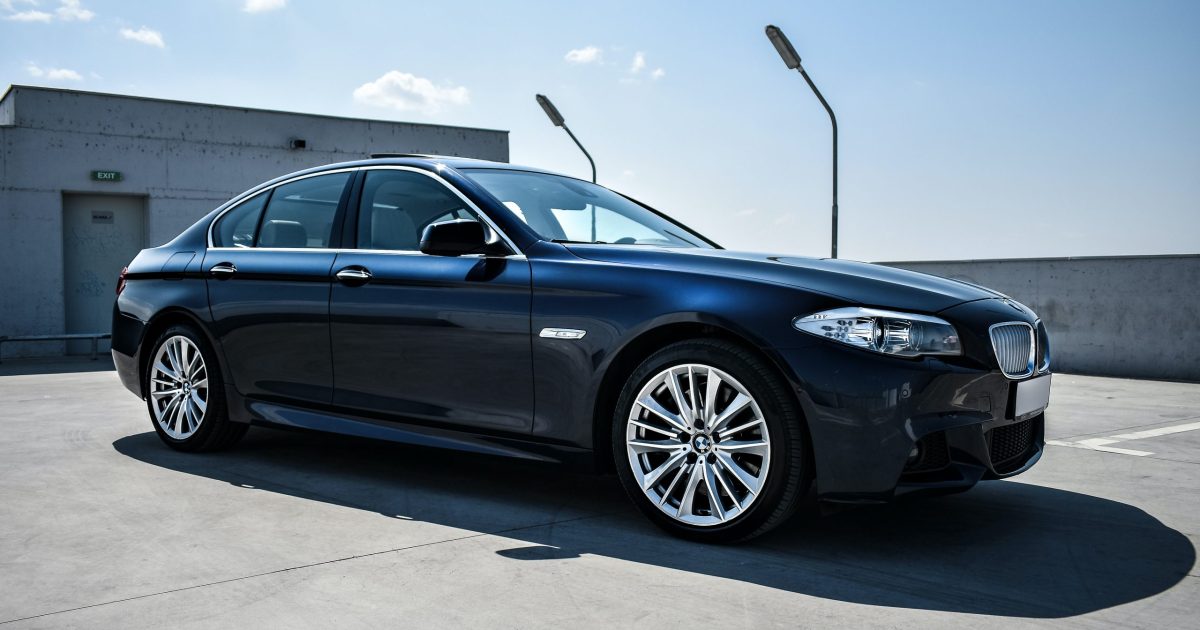Image by Peter R. Dubois via FindByPlate.
We frequently receive enquiries regarding the optimal approach to arranging the acquisition of a motor vehicle. The most suitable solution varies for every person or organisation, but the essential factors to contemplate remain consistent. We have compiled a list of crucial considerations to empower you to make an informed decision regarding purchasing a motor vehicle. This includes comparing acquiring the vehicle under your name or through a company to equip you as a BAS agent to make an informed choice.
1. In what name should I buy the car? My personal name or my company’s?
If the car is in your personal name, you can claim a tax deduction on the car expenses where the car has been used for business purposes. The two standard methods to claim the income tax deduction are the ‘logbook method’ or ‘Cent Per km method. The logbook method can produce a better tax outcome. Still, you must maintain a 12-week continuous logbook (you must keep one every 5 years as long as your circumstances don’t significantly change) and prepare more calculations annually. The Cent Per Klm method allows you to claim a maximum of 5,000 km using a set rate depending on the car’s engine capacity. Unless you are GST registered, you cannot claim the GST on the car’s purchase and running costs.
If the company purchases the car, the company should be able to claim 100% of the annual running costs, depreciation, and interest cost. However, fringe benefits tax will need to be factored in. This is a cost the company bears for making the car available for the staff (i.e., you) for private purposes. The current FBT rule allows the employer to calculate FBT using the statutory formula method, which works out the cost of the private use of a car as 20% of the cost. Therefore, if the car is owned by the company – depending on the cost of the car, the FBT cost could outweigh the benefits of the car deduction if the car purchase price is very high (this will be outlined in more detail below).
Suppose you use your car predominantly for business purposes. In that case, you will gain a better tax result by applying the other available FBT method – the ‘Operating Cost’ method (like the logbook method described above). Again, you must have a valid logbook for a 12-week continuous period. The Operating Cost method is more time-consuming to calculate as it requires working out the annual operating costs of the car (fuel, insurance, servicing, finance interest, depreciation etc.) and reducing that total amount by the portion of private kilometres travelled compared to the total kilometres for the entire year using the logbook records maintained.
Please note that between now and 30 June 2022, businesses can access the very generous Instant Asset Write Off (IAWO) provisions which allow you to write off either the entire cost (for new assets for turnover < $5 billion) or up to $150,000 (for new or second-hand assets for turnover < $500 million) depending on what the business’s turnover is. This concession is only available to businesses, regardless of the type of structure. If you are not in business in your own name, the IAWO concession would not be available to you2.
2. Do you want to claim the GST on the purchase and running costs of the car?
A GST-registered entity can only claim GST credits. Regardless of whether you are a sole trader or company, if you are GST registered, you should be able to claim back the GST on the car.
For GST credits on the annual running costs of the car, please note that if you are a sole trader, the GST credit is calculated and capped depending on the car deduction method you elect to use (as discussed above). The Cent Per Klm method generally produces a lower GST credit claim due to the maximum claim of only 5,000 km. This limitation does not apply to cars owned by the company as the FBT rate factors in the GST adjusted for the private usage portion.
When selling the car, you will also need to factor in the GST payable on the car’s market value. For example, if your company purchased a car for $55,000, you would expect to get back a $5,000 GST credit. However, if you sell the car in 6 months’ time for the same $55,000, you must pay the $5,000 GST back to the tax office.
3. How does the motor vehicle cost limit affect my tax and GST credit claims?
If the car you purchased exceeds the current motor vehicle cost limit of $59,136 (for the 2020-2021 income year), your tax deduction and GST credit will be capped at this value. Therefore, the maximum car depreciation you can ever claim on the car will be capped at $59,136, and the maximum GST credit allowed is $5,376. Therefore, you would have to consider this if you are considering buying a car over this limit.
In addition, when you sell the car, you will be liable for the GST on the market value of the car on sale and not the cost limit. For example, if you bought a car for $80,000, your GST credit would have been capped at $5,376 and assuming you later sold it for $70,000, you will be up for $6,363,64 GST payment to the ATO (1/11th of the sale price) and not just the GST credit you claimed (i.e., $5,376). This can become quite an impost if you buy a high-value car and sell it within a couple of years with a high value.
If the company owns the car, FBT will be calculated on the car cost, not the motor vehicle cost limit. Therefore, if you purchased a Porsche for $200,000, the FBT will be calculated on this value for both the Statutory Formula and Operating cost methods, even though you can only claim $59,136 in IAWO or depreciation on the car.
As an aside, certain commercial vehicles are not subject to the cost limits mentioned above. If the vehicle satisfies the commercial vehicle rules (like particular utes and vans), the limits for IAWO concessions on the cost do not apply. You will be able to
This can be a confusing area, so you should always speak with us before buying that car, especially if the car is going to cost you more than $59,136. With the IAWO concessions available until 30 June 2022, the decision on what name to buy the motor vehicle may differ from before to after that date.
It is an area you need to take advice on before committing to a purchase. Do not hesitate to contact us if you wish to discuss your situation.
Kreston Stanley Williamson Team
*Correct as of 29 April 2021
Disclaimer – Kreston Stanley Williamson has produced this article to serve its clients and associates. The information contained in the article is of general comment only and is not intended to be advice on any particular matter. Before acting on any areas in this article, you must seek advice about your circumstances. Liability is limited by a scheme approved under professional standards legislation.














